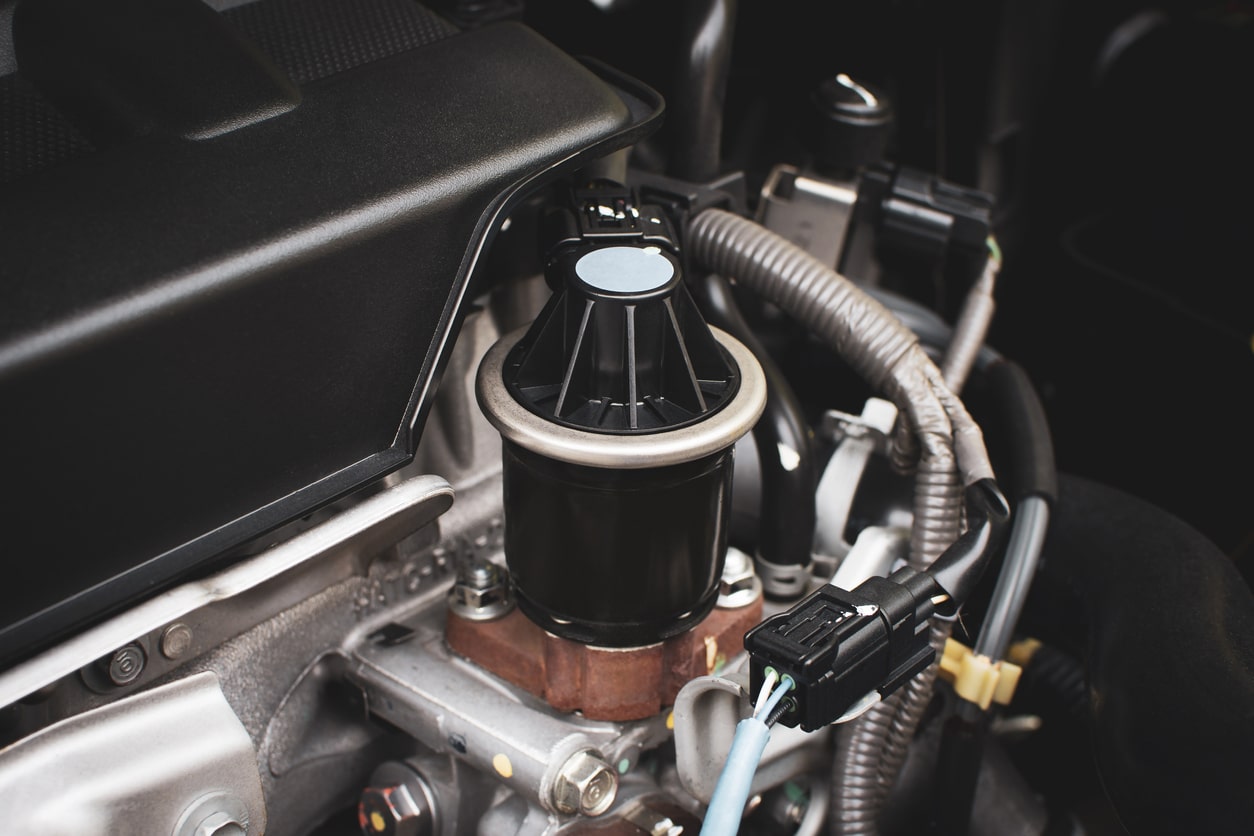Planning to take your bikes on a road trip this summer? Whether you’re going on holiday with the kids or just fancy a day exploring by yourself, installing a bike rack on your car is the perfect way to guarantee some two-wheel action – no matter where you’re heading.
Bike racks are great for two reasons: they free up space in the car so that the whole family can travel safely with all their luggage and mean you won’t get oil and muck on the seats when manoeuvring bikes in and out of the boot. But before you rush out and buy one off the shelf, there are a few things to remember.
In this guide, we help you choose the right bike rack for your car and offer some useful tips on fitting. Use the links below to find the information you need.
Quick links:
- Key Things to Consider Before Buying a Bike Rack
- The Different Types of Bike Racks and Their Benefits
- Useful Bike Racks Tips and Advice
Key Things to Know Before Buying a Bike Rack

Before you start your bike rack search, there are a few things to know that will help steer you in the right direction. Because there’s a range of rack types to suit different cars and bikes, you’ll need to make sure you’re getting the right one.
Below, we look at some of the things you should think about before you buy one.
- Is your car really built for carrying bikes? Some cars just aren’t built for carrying bikes, so you may struggle to find a suitable rack. If you drive a city car, for example, you’ll need to pay more for a specialist rack due to its size. Carrying a bike or two could also impact performance if your car has a low engine capacity.
- How do you want to carry your bike? There are a few different options, including on the roof, off the back or on a tow bar. We go into these in more detail below, but it’s certainly something to think about when you’re starting your search.
- Affordability or performance? Bike racks vary wildly in price, with some costing well under £100 and others £500+. It all comes down to the kind of features and performance you want from your rack, and also how expensive your bikes are. £500 may seem a lot, but it could be worth the money if you’re hauling a £2k bike and want total peace of mind.
- How much hassle can you live with? Some bike racks are easier to use than others, so if you’re someone who hates faffing, it’s worth finding one where ease of use is the main selling point. Generally, tow bar mounted racks are the easiest to use, with boot-fit racks being the most fiddly to set up and use.
- How much other stuff will you be carrying? If you’re going away as a family, chances are you’ll have a big boot-load of luggage. In fact, you might have so much stuff that a roof box is needed to carry it all, in which case your bikes will need to be mounted on the back. Think carefully about what you’ll mainly be using the rack for and if you can really manage to carry any more stuff in (or in this case on) your car.
The Different Types of Bike Racks and Their Benefits
There are three main types of bike racks to choose from, including roof mounted, boot mounted and tow bar mounted. If your car’s big enough, you should be able to use any of these. However, if you drive a small hatchback or city car, you may be limited to one type of rack (most likely a boot mounted option).
Here, we look at the main types of bike racks, their benefits and their downsides.
Roof Mounted

Roof racks attach to your car’s roof bars, so the bikes can sit on top out of the way. Obviously, you’ll need to install some roof bars before getting this type of rack, which can add to the overall cost.
Benefits: One of the best things about roof bike racks is the fact that your bikes are totally out of the way, leaving the boot free for loading and unloading luggage. They’re also one of the most secure options for carrying a bike, so they’re great for people with pricey bikes.
Downsides: Getting your bike safely secured in a roof rack can be tricky and awkward, especially if you drive a 4X4 with a very high roof, and there is a risk that you could damage the paintwork when getting it up and down (and you might not fit under certain barriers for car parks!). Also, having the bikes on the roof can cause a lot of extra drag, so you may see your average MPG drop slightly.
Boot Mounted

Boot mounted racks are an affordable option for carrying a bike if your car doesn’t have a tow bar or roof bars. They attach to the boot hatch using straps and a metal frame, and can carry 1-2 bikes.
Benefits: Boot racks are the most affordable option because they don’t require additional fittings like a tow bar or roof bars. Once you’ve installed it, it’s quite easy to use, and you can take if off and store it quite easily when you don’t need it.
Downsides: One of the least secure options for carrying a bike, boot racks offer limited stability and can easily damage the paintwork at the rear of the car. Once the rack is installed you can’t open the boot, which could make sorting your luggage awkward. They can also carry only a limited number of bikes, so they aren’t great for a family of four.
Tow Bar Mounted
A great option if your car has a tow bar, these racks are attached to the base of the car at the back, and offer secure transport for all your family’s bikes.
Benefits: Though priced at a premium, tow bar racks are durable and offer the most secure way to carry a bike. Because they’re spaced away from the car, they don’t offer as big a risk to the paintwork as the other two options, and they’re also super easy to use, meaning mounting your bike should be a doddle.
Downsides: These racks can be a little more expensive than their roof and boot counterparts, and they also rely on a pre-installed tow bar mechanism. Although some tilt to allow access to the boot, most obscure it, so you won’t be able to get luggage in and out easily when bikes are mounted. You’ll also need to install a light board to make sure other drivers can your lights, indicators and registration plate.

Useful Bike Racks Tips and Advice
Finding the right bike rack that meets your needs and your budget does require plenty of research, but with our handy tips you can narrow down your search and quickly get up to speed with the type of rack you need.
Here are our top tips and considerations on finding the right car bike rack.
- Think about bike weight – Do you plan on carrying three heavy-duty mountain bikes or two lightweight road bikes? The collective weight of the bikes is important in helping you find the right rack, so make sure you know the max weight of the rack you’re interested in and how much your bikes weight all together.
- Consider tyre widths – While hybrid and road bikes have narrow tyres which will work easily with most racks, the tyres on mountain and cyclocross bikes may be too fat for some fittings and mounts. Make sure the rack you choose is compatible with your bike’s tyres; forums on a specific make and model of bike should help with this.
- Have a spoiler? – If your car is fitted with a plastic rear spoiler, you won’t be able to use a boot mounted rack as this will get in the way of the fittings and won’t be strong enough to support the weight of the bikes.
- Use a registration plate checker service to narrow your search – Some car part suppliers use a registration checker tool to help you find a bike rack that’s suitable for your car. This makes it much easier to find a compatible option, though you should still do plenty of checks to make sure it’s suitable.
Holts help drivers keep moving with a range of DIY car maintenance products, which are easy to use at the roadside or on your driveway. For more information, visit the homepage today.

